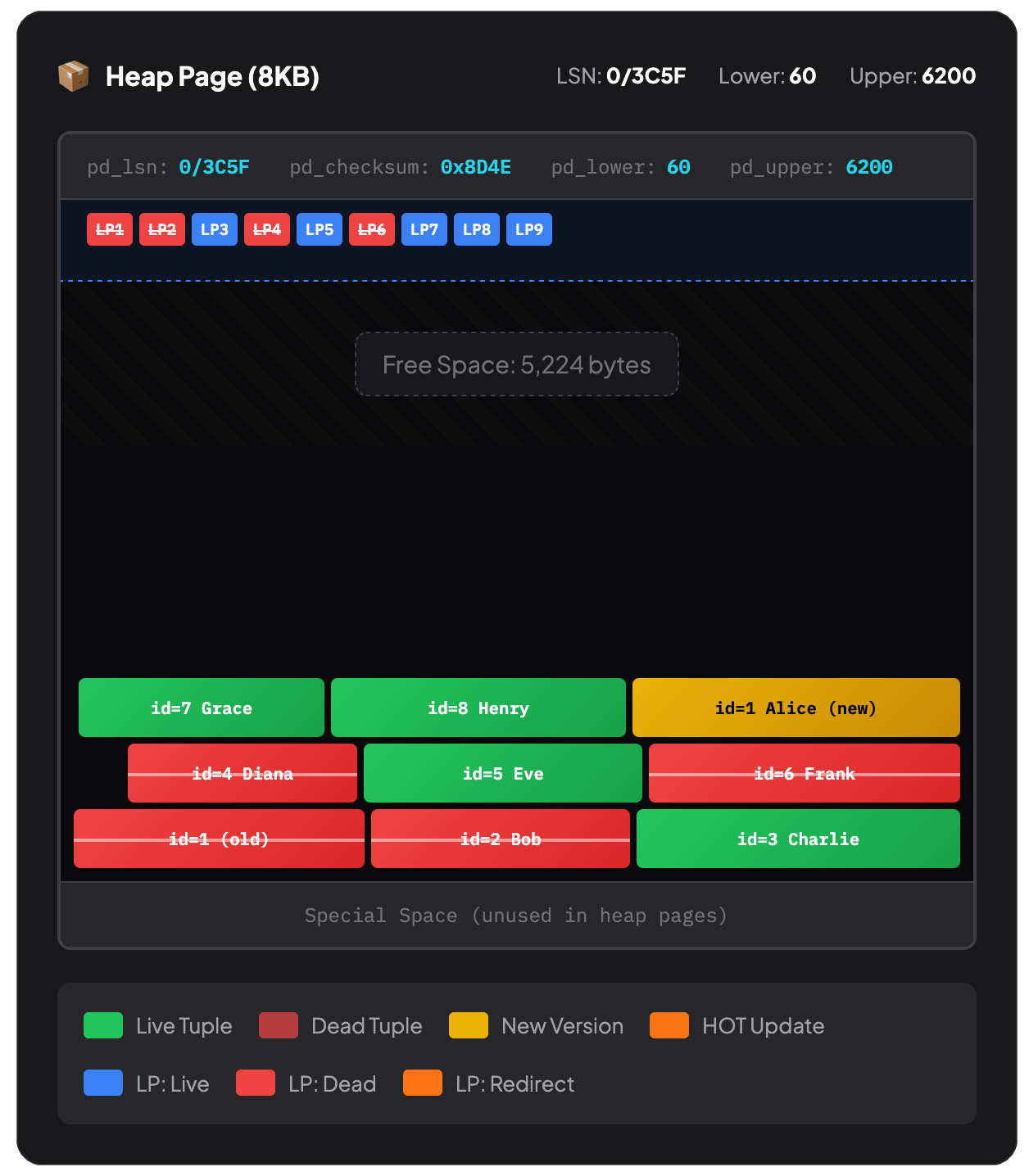
The ClickHouse blog has a posted a piece by yours truly introducing pg_clickhouse, a PostgreSQL extension to run ClickHouse queries from PostgreSQL:
While clickhouse_fdw and its predecessor, postgres_fdw, provided the foundation for our FDW, we set out to modernize the code & build process, to fix bugs & address shortcomings, and to engineer into a complete product featuring near universal pushdown for analytics queries and aggregations.
Such advances include:
- Adopting standard PGXS build pipeline for PostgreSQL extensions
- Adding prepared INSERT support to and adopting the latest supported
- release of the ClickHouse C++ library
- Creating test cases and CI workflows to ensure it works on PostgreSQL versions 13-18 and ClickHouse versions 22-25
- Support for TLS-based connections for both the binary protocol and the HTTP API, required for ClickHouse Cloud
- Bool, Decimal, and JSON support
- Transparent aggregate function pushdown, including for ordered-set aggregates like
percentile_cont()- SEMI JOIN pushdown
I’ve spent most of the last couple months working on this project, learning a ton about ClickHouse, foreign data wrappers, C and C++, and query pushdown. Interested? Try ou the Docker image:
docker run --name pg_clickhouse -e POSTGRES_PASSWORD=my_pass \
-d ghcr.io/clickhouse/pg_clickhouse:18
docker exec -it pg_clickhouse psql -U postgres -c 'CREATE EXTENSION pg_clickhouse'
Or install it from PGXN (requires C and C++ build tools, cmake, and the openssl libs, libcurl, and libuuid):
pgxn install pg_clickhouse
Or download it and build it yourself from:
Let me know what you think!





